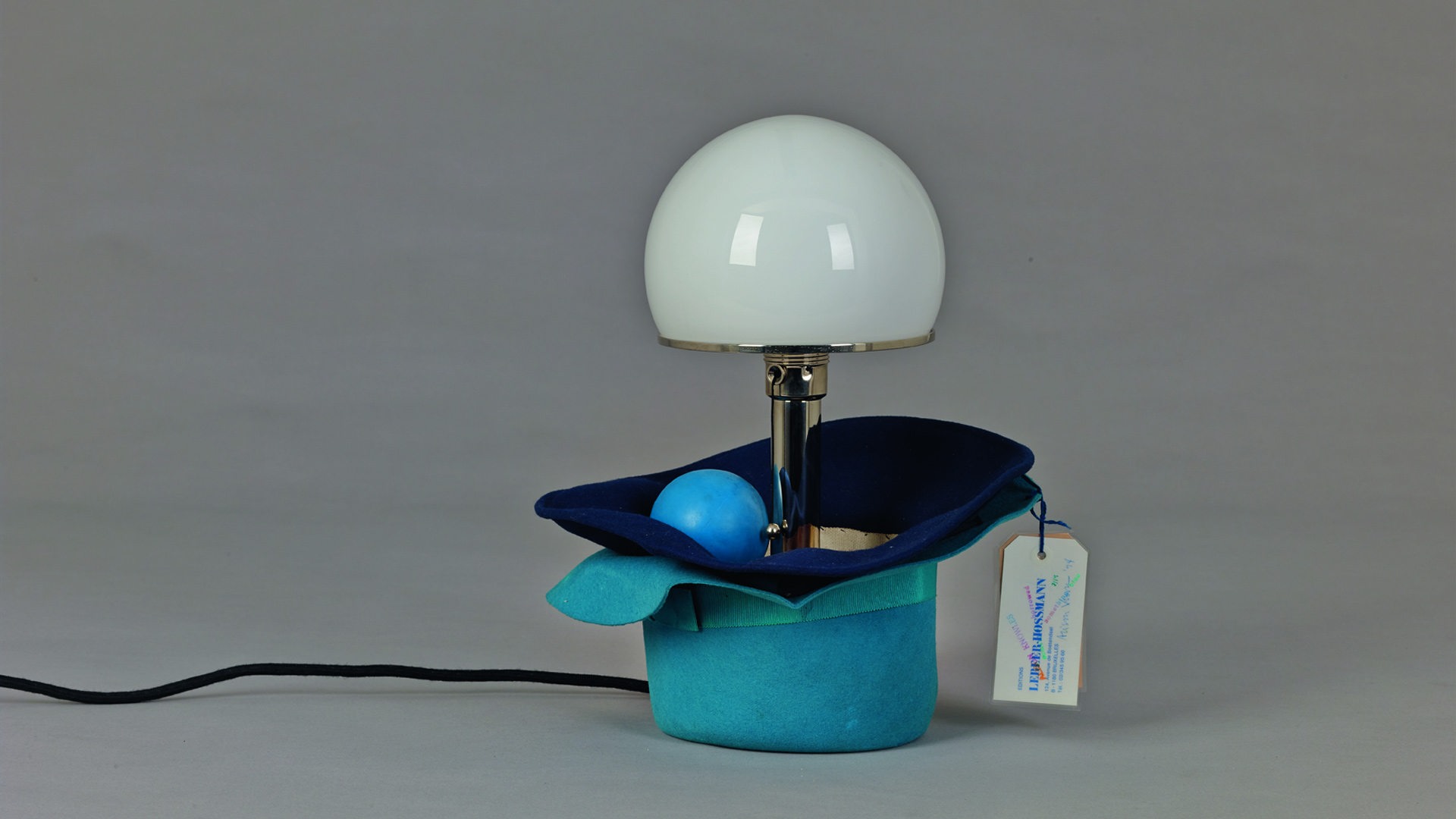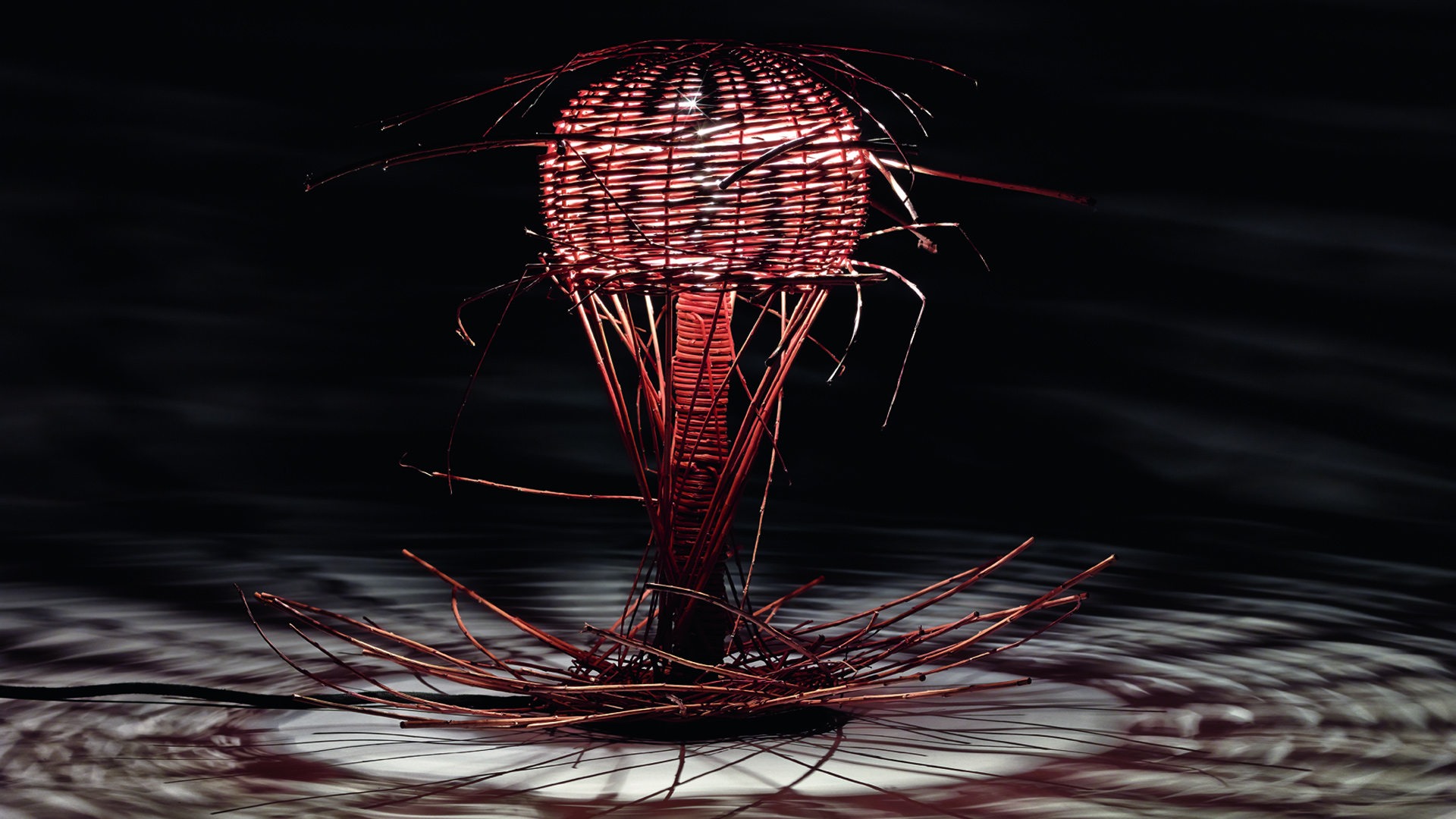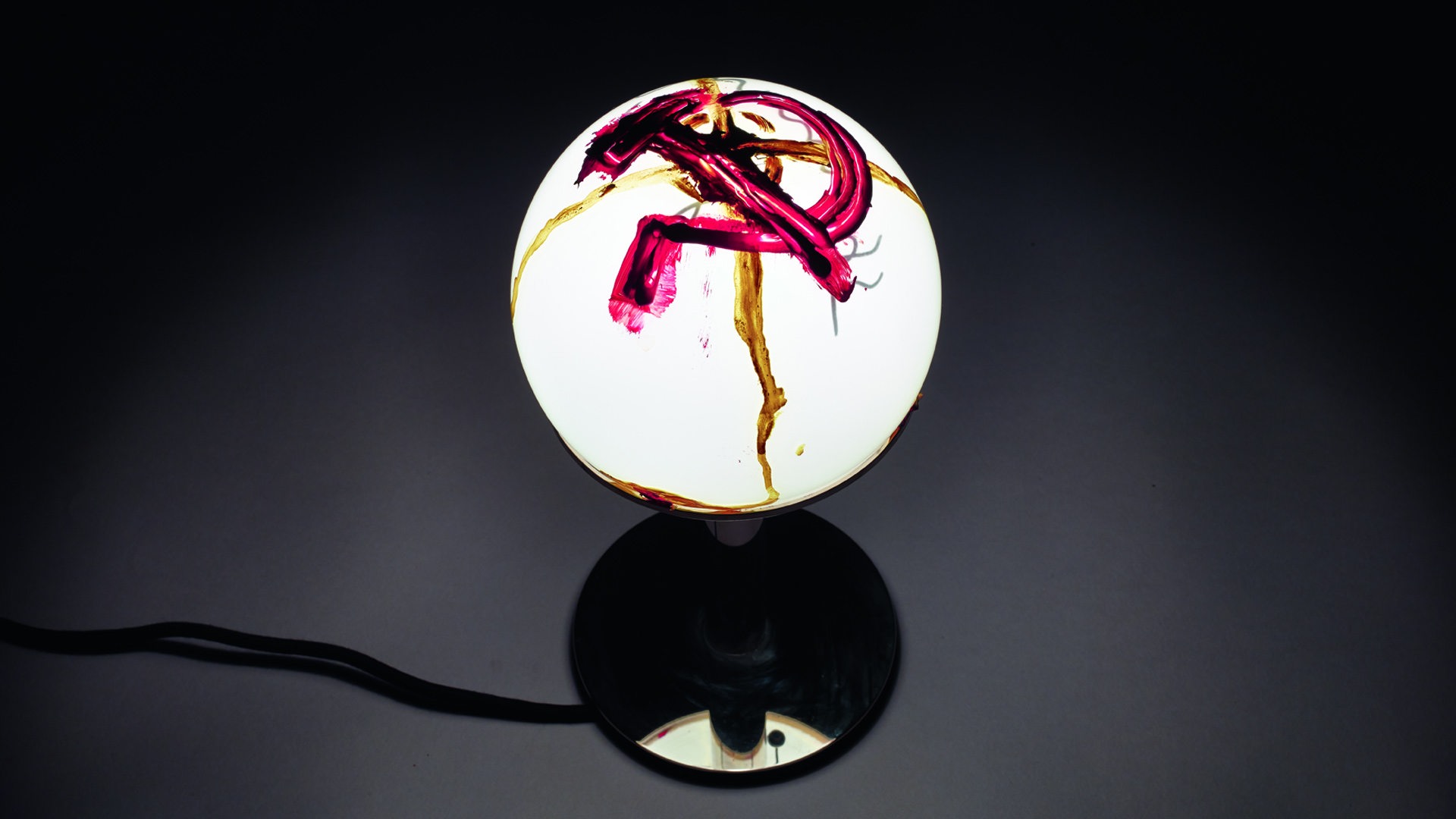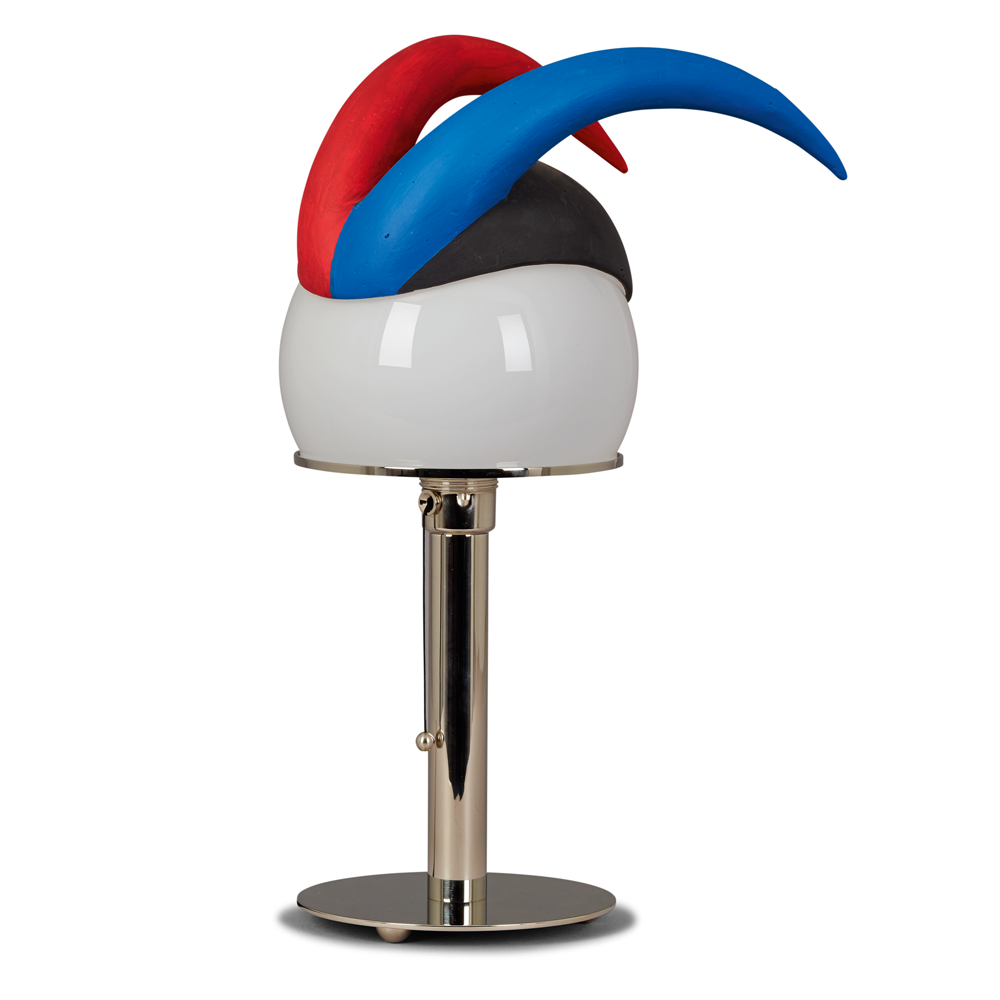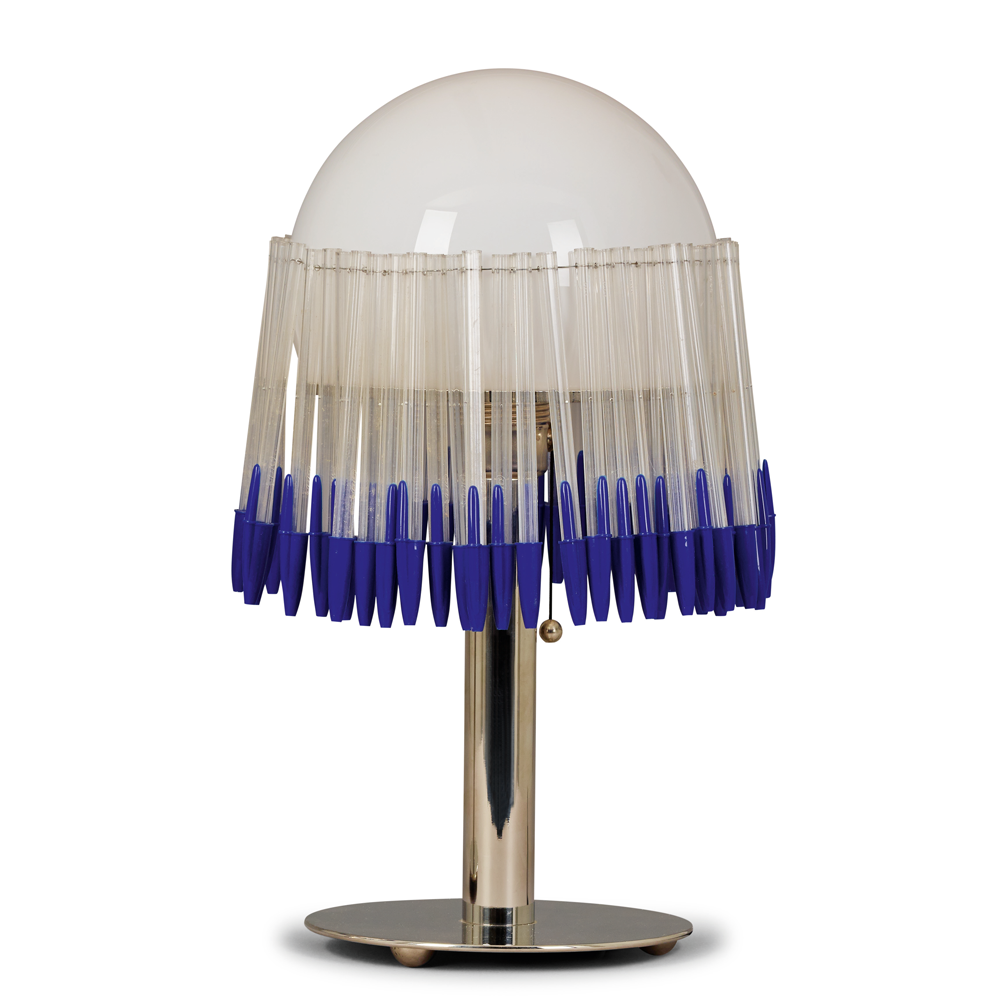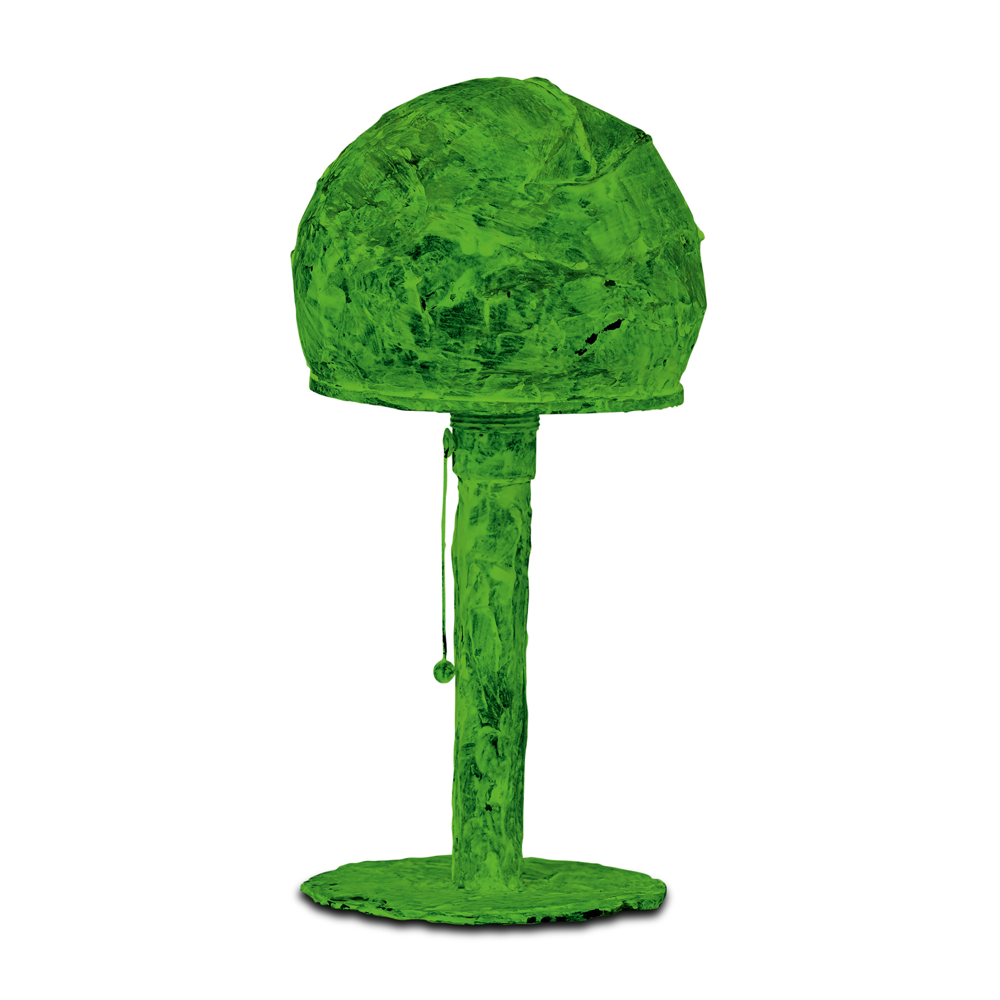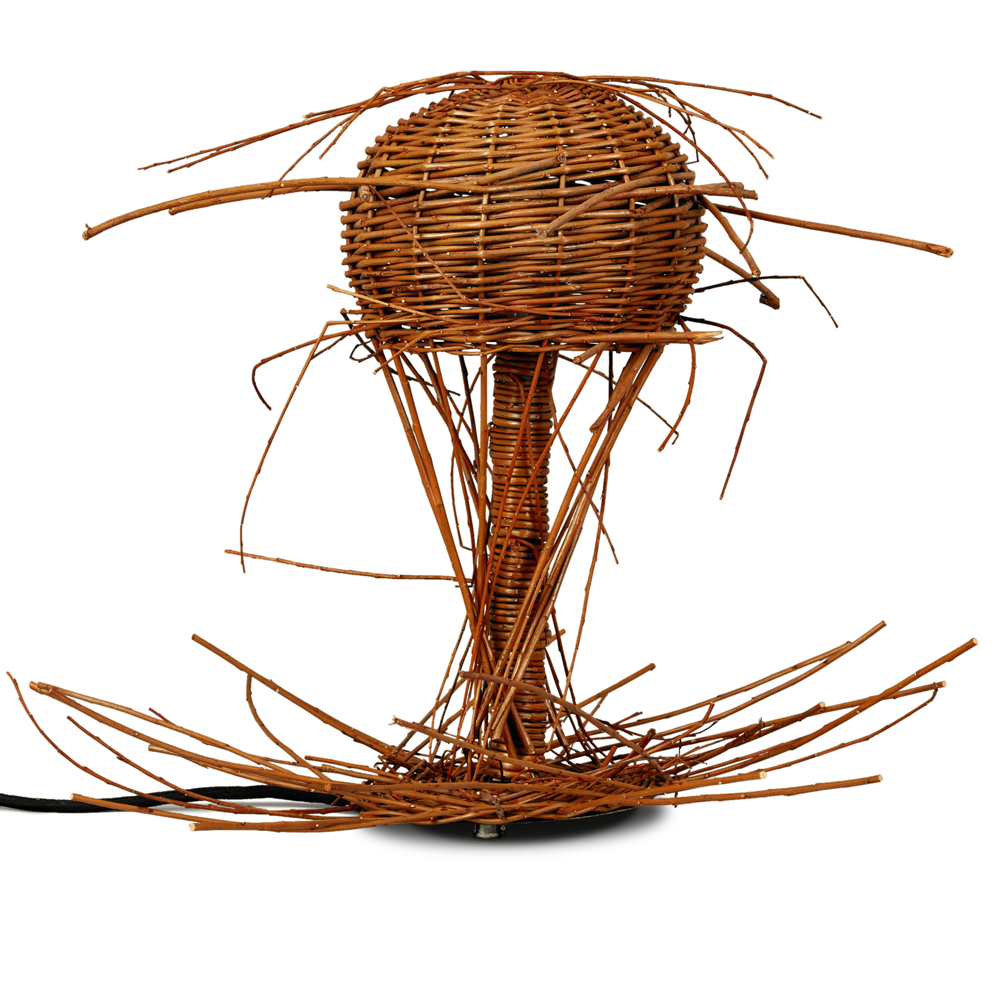
So what was the thought behind everything that Walter Schnepel had when he gave WA 24 to Dieter Roth and to 31 other artists in the course of the following few years? As Peter Friese makes clear, it’s neither about “re-examining the proximity, or even the congruence of art and design,” – and one might almost want to add: “unnecessary” – nor about a ranking list. No, it’s about something else. It’s about the design icon as an “object of artistic interest,” about “opening up and debating a field of experimentation”. It’s about “using the means of art to raise an outstanding design product to another level of aesthetic reflection that is traditionally reserved for art”.
In other words: Walter Schnepel delivered a WA 24 to 31 artists and received one work of art from each of them in return.
